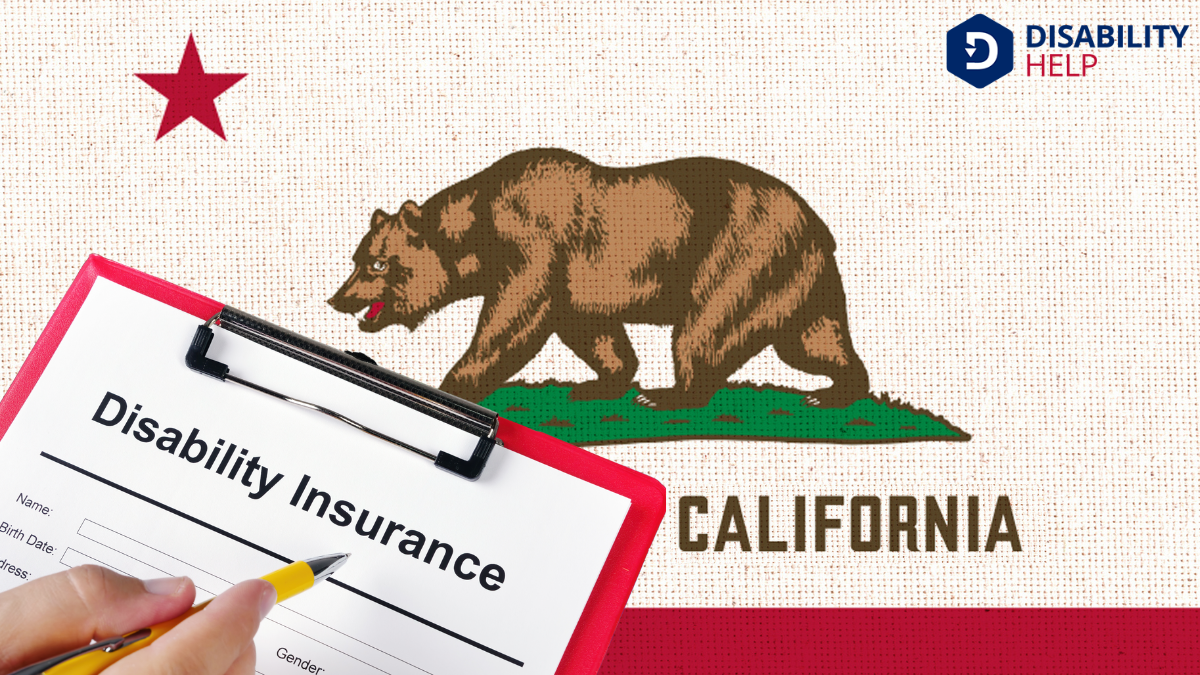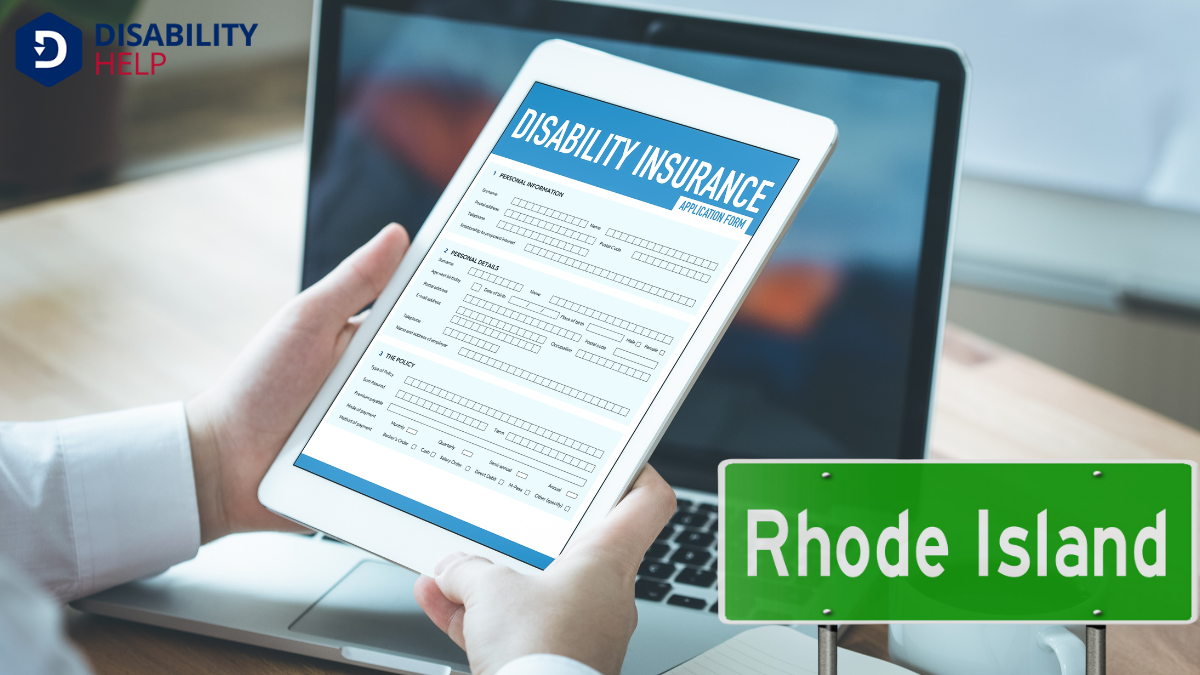Five states currently offer state-mandated short-term disability programs: California with its State Disability InsuranceA form of insurance that provides income to individuals who are unable to work due to a disability. (SDI), New York's Disability BenefitsFinancial assistance provided to individuals who are unable to work due to a disability, such as Soc... Law (DBL), New Jersey's Temporary Disability Insurance (TDI), Rhode Island's Temporary Disability Insurance (TDI), and Hawaii's Temporary Disability Insurance (TDI) Law. These programs provide income protection when we’re unable to work due to temporary medical conditions. Let’s explore each state's policies and understand how they uniquely support workers during challenging times.
Key Takeaways
- California offers the State Disability Insurance (SDI) program for short-term disability coverage.
- New York provides short-term disability benefits through its Disability Benefits Law (DBL).
- New Jersey has a Temporary Disability Insurance (TDI) program for non-work-related disabilities.
- Rhode Island's Temporary Disability Insurance (TDI) program supports temporary work absences due to illness or injury.
- Hawaii mandates Temporary Disability Insurance (TDI) for most employers to cover short-term disabilities.
Understanding State-Mandated Short-Term Disability Programs
State-mandated short-term disability programs can seem complex at first, but they're vital for providing income support during temporary work absences due to illness or injury.
We might wonder which states have these programs and what they entail. These programs differ from state to state, guaranteeing that if we can't work due to a medical condition, we still receive a portion of our income. Typically, they cover conditions like surgery recovery or serious illness.
Understanding eligibility is essential. Generally, we need to have worked a certain amount of time and paid into the system through payroll deductions.
It's important we familiarize ourselves with the specifics, such as application processes and benefit duration, to make sure we're prepared if we need to utilize these benefits.
California’s State Disability Insurance (SDI) Program

California offers one of the most extensive state disability insurance programs, known as the State Disability Insurance (SDI) program. We navigate through this program to understand its benefits for eligible workers.
SDI provides partial wage replacement to employees who are unable to work due to a non-work-related illness, injury, or pregnancy. Let’s break down some key features:
- Eligibility: Employees must have earned at least $300 during their base period.
- Coverage: Benefits can last up to 52 weeks, offering significant support during recovery.
- Funding: It's funded through employee payroll deductions, making it a shared responsibility.
- Application: Applications should be submitted within 49 days of becoming disabled.
New York’s Disability Benefits Law (DBL)
While many states have their own approaches to disability coverage, New York’s Disability Benefits Law (DBL) provides a distinct framework that offers significant protection for workers.
Under DBL, employees who are temporarily unable to work due to non-work-related injuries or illnesses can receive partial wage replacement. We’ve found that employers in New York are generally required to provide this benefit, guaranteeing workers aren’t left without income during difficult times.
Coverage typically starts after a short waiting period and can last up to 26 weeks. It’s essential for both employers and employees to understand that the benefits are capped, meaning there’s a maximum amount one can receive weekly.
All in all, New York’s DBL guarantees financial security during temporary disability.
New Jersey’s Temporary Disability Insurance (TDI)
Let's explore New Jersey’s Temporary Disability Insurance (TDI) and understand who qualifies and what coverage they receive.
We should examine the eligibility criteria and how much and for how long benefits are provided.
This will help us see how TDI impacts workers during times of temporary disability.
Eligibility and Coverage Criteria
When considering New Jersey’s Temporary Disability Insurance (TDI), understanding the eligibility and coverage criteria is vital for guaranteeing you can access benefits when needed.
Let’s break down the key requirements to help you navigate your eligibility:
- Employment Connection: You must have worked in New Jersey and paid into the TDI program through your payroll deductions.
- Minimum Earnings: You need to meet the minimum earnings requirement during your base period, typically calculated over the first four of the last five completed calendar quarters.
- Medical Certification: A healthcare provider must certify that you’re unable to work due to a non-work-related medical condition.
- Claim Timing: It’s important to file your claim within 30 days of your disability start date to avoid delays or denials.
These criteria guarantee we’re prepared when we need support.
Benefit Amounts and Duration
Understanding our eligibility is the first step, and now it's time to explore how New Jersey’s Temporary Disability Insurance (TDI) program supports us financially through its benefits.
The TDI program offers us up to 85% of our average weekly wage, capped at a maximum amount set annually. This means we can receive a substantial portion of our income while we're unable to work due to disability.
The benefits are available for a maximum duration of 26 weeks within a benefit year, providing us with a significant period to recover. It's reassuring to know that during our time of need, we've a safety net.
Rhode Island’s Temporary Disability Insurance (TDI) Program

Let’s explore Rhode Island's Temporary Disability Insurance (TDI) Program by first looking at its eligibility and coverage criteria, which determine who can take advantage of this support.
We'll also cover how benefit amounts and durations are calculated, ensuring we comprehend what financial assistance is available.
Finally, we'll walk through the application process steps, so everyone knows how to access these important benefits when needed.
Eligibility and Coverage Criteria
Although managing state-mandated disability programs can be complex, Rhode Island's Temporary Disability Insurance (TDI) program offers a straightforward path for eligible individuals.
We need to understand the key criteria to determine eligibility and coverage. To qualify, an individual must:
- Be unable to work due to a non-work-related illness or injury.
- Have earned wages in Rhode Island and contributed to the TDI fund.
- Meet a minimum earnings requirement during the base period.
- Be under the care of a licensed health care provider.
These criteria guarantee we've a clear understanding of who can access support through the TDI program.
Let’s focus on gathering the necessary documentation and verifying our eligibility to take full advantage of this beneficial state resource.
Benefit Amounts and Duration
Now that we've established the eligibility and coverage criteria for Rhode Island's TDI program, let's examine the benefits it provides.
We receive weekly payments, which amount to approximately 4.62% of our wages in the highest quarter of our base period, with a maximum weekly benefit of $1,007 as of 2023. It’s important to note that this figure adjusts annually based on the state's average weekly wage.
Regarding duration, Rhode Island offers up to 30 weeks of benefits, depending on our specific medical condition and recovery timeline. This guarantees we've financial support during challenging times.
Application Process Steps
When considering applying for Rhode Island's Temporary Disability Insurance (TDI) Program, it's important to understand the application process thoroughly.
Let's walk through the necessary steps together to guarantee a smooth experience.
- Gather Required Documents: Before starting, collect all necessary documents, like medical certification from a healthcare provider and proof of employment in Rhode Island.
- Complete the Application: Visit the Rhode Island Department of Labor and Training website to fill out the online application form accurately.
- Submit on Time: Make sure to submit your application within 90 days of your disability's start date to avoid delays.
- Follow Up: After submission, check for any correspondence from the TDI office, as they may require additional information or clarification.
Hawaii’s Temporary Disability Insurance (TDI) Law
Hawaii’s Temporary Disability Insurance (TDI) Law, established in 1969, requires employers to provide partial wage replacement for employees who can't work due to a disabling condition.
We should understand that TDI is essential for workers facing short-term disabilities, ensuring they maintain a portion of their income during recovery. This program is mandatory for most employers in Hawaii, meaning they must offer coverage either through an insurance company or a self-insured plan.
Employees typically become eligible for benefits after working at least 14 weeks, earning at least $400 in the preceding year, and being employed by a covered employer.
Benefits usually cover up to 58% of an employee's average weekly wage, providing important financial support. It's critical for workers to know their rights under this law.
Key Differences and Similarities Among State-Mandated Programs
Understanding Hawaii's Temporary Disability Insurance (TDI) Law gives us a foundation to explore how various state-mandated short-term disability programs differ and align.
Each state has its unique elements, but they share common goals: supporting workers during health challenges.
Let's break down some differences and similarities to clarify these programs:
- Eligibility Criteria: Some states require a minimum number of work hours, while others focus on earnings.
- Benefit Duration: Coverage periods vary, often ranging from 6 weeks to a year.
- Funding Sources: States may rely on employee contributions, employer contributions, or a combination.
- Benefit Amount: Payment percentages fluctuate, typically calculated as a portion of the worker's average weekly wage.
Conclusion
We've explored the state-mandated short-term disability programs in California, New York, New Jersey, Rhode Island, and Hawaii. Each program has its own unique features, but they all aim to support workers during times of temporary disability. While the specifics may vary, these programs share a common goal: providing financial assistance when it's needed most. Understanding these differences helps us navigate the benefits landscape and guarantees that we're better prepared for life's unexpected challenges.






